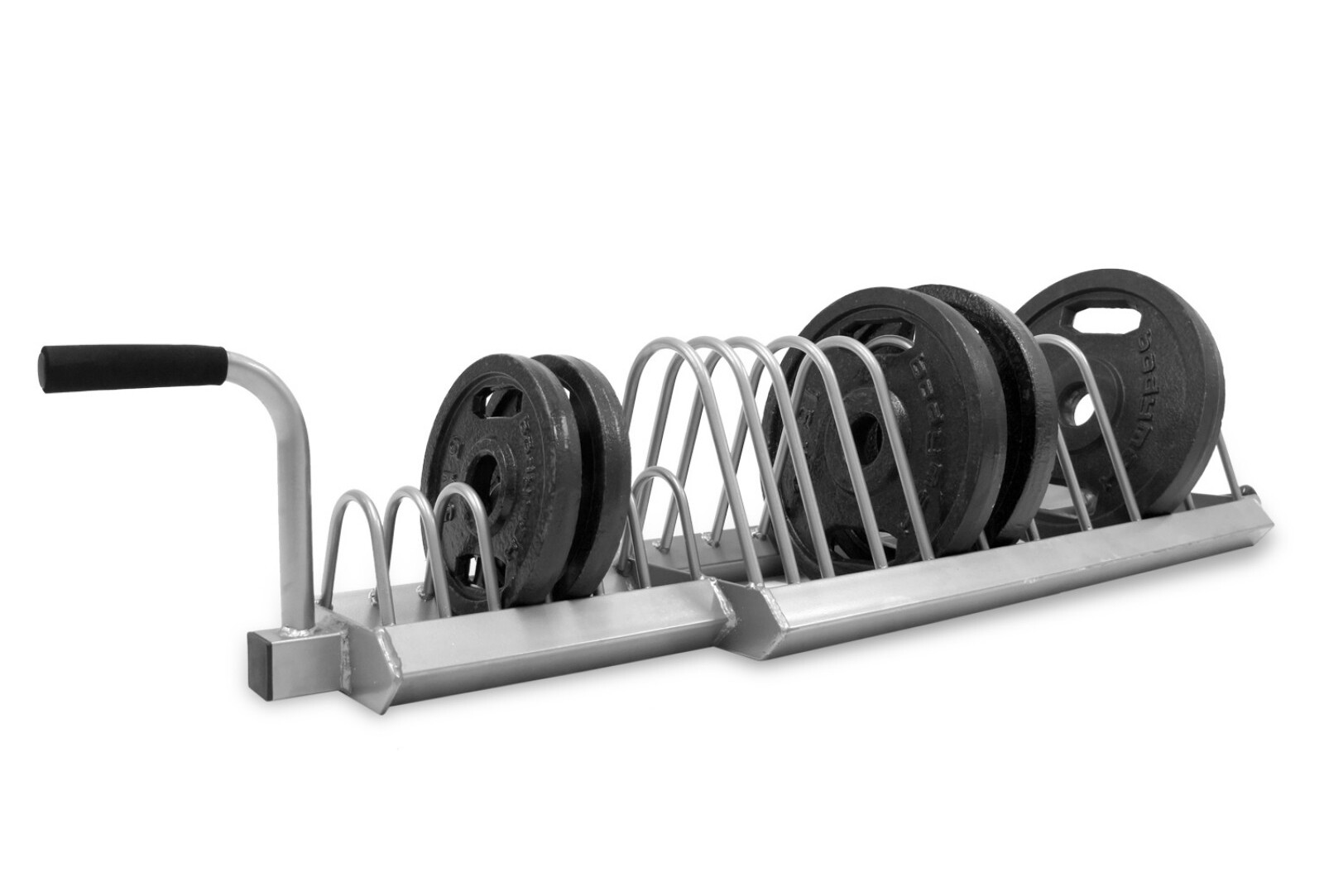

Articles
How To Store Weight Plates
Modified: January 21, 2024
Learn effective ways to store weight plates with these informative articles. Keep your gym equipment organized and accessible for optimal workouts.
(Many of the links in this article redirect to a specific reviewed product. Your purchase of these products through affiliate links helps to generate commission for Storables.com, at no extra cost. Learn more)
Introduction
Weight plates are an essential piece of equipment for any strength training enthusiast or fitness facility. Whether you have a home gym or a commercial gym, properly storing your weight plates is crucial for maintaining their longevity and organization. Plus, a well-organized weight plate storage system can make your workout space more efficient and aesthetically pleasing.
In this article, we will discuss various methods and techniques for storing weight plates. From weight trees to racks and even simple floor storage, we will explore different options to help you find the best solution for your needs.
No matter what method you choose, it’s important to consider the weight capacity, available space, and ease of access when storing your weight plates. By following the tips and guidelines provided in this article, you can ensure that your weight plates are stored properly, allowing you to focus on your workouts without any unnecessary hassle.
Key Takeaways:
- Properly storing weight plates is crucial for maintaining longevity, organization, and efficiency in your workout space. Consider factors such as weight capacity, space, and ease of access when choosing a storage solution.
- Implementing plate organization tips, utilizing suitable storage equipment, and regularly inspecting weight plates for wear or damage are essential for an efficient and organized weight plate storage system. Choose the best method based on your preferences and available space.
Read more: How To Store Plates
Necessary Equipment
Before you start organizing and storing your weight plates, it’s essential to have the right equipment on hand. Here are a few items you may need:
- Weight Trees: Weight trees are specially designed racks that hold weight plates in a vertical position. They typically have multiple pegs to accommodate different plate sizes and weights. Weight trees are a popular storage solution due to their compact size and ease of use.
- Weight Racks: Weight racks are sturdy horizontal storage units that can hold weight plates, dumbbells, and other strength training equipment. They are usually larger than weight trees and require more floor space. However, weight racks offer a more comprehensive organization solution and can hold a larger number of plates.
- Shelves or Cabinets: If you have a dedicated space for your weight plates, you can consider installing shelves or cabinets on the wall. This option provides a secure and organized storage solution, especially for larger collections of weight plates. Make sure to choose shelves or cabinets that can handle the weight and size of your plates.
- Floor Mats: To protect your weight plates from damage and minimize noise, it’s a good idea to use floor mats. Rubber or foam mats can provide cushioning and prevent the plates from banging against the floor. This is particularly important if you are storing your plates on the floor or using weight racks without built-in padding.
- Plate Holders: Plate holders are small accessories that can be attached to weight racks or weight trees. They help keep the plates in place and prevent them from sliding off or clattering together. Plate holders come in various sizes and designs, so choose ones that are compatible with your storage setup.
Having the right equipment ensures that your weight plates are stored safely and efficiently. Consider your available space and budget when selecting the storage solutions that best suit your needs. Now, let’s move on to the next step: clearing the space for your weight plates.
Clearing the Space
Before you start storing your weight plates, it’s important to clear and prepare the space where you plan to store them. Here are a few steps to follow:
- Remove any clutter: Take a look at the area where you want to store your weight plates and remove any unnecessary items or clutter. Clearing out the space will not only make it easier to organize your plates but also help create a safer workout environment.
- Clean the area: Once you’ve cleared the space, make sure to clean it thoroughly. Dust, dirt, or debris can accumulate over time, and cleaning the area will ensure that your weight plates remain clean and free from any potential damage.
- Consider the flooring: Take a moment to evaluate the flooring in the storage area. If you plan to store your plates on the floor, consider using floor mats to provide cushioning and protect both the plates and the floor from any potential damage. If you’re using a weight rack or tree, ensure that the flooring is sturdy and level to avoid any accidents.
- Measure the available space: To determine the most suitable storage solution for your weight plates, measure the available space. This will help you determine whether a weight tree, rack, shelf, or a combination of these options will fit properly in the area.
By clearing and preparing the space beforehand, you can ensure that your weight plates are stored in a clean, organized, and safe environment. Once you have cleared the space, you’re ready to move on to the next step: plate organization.
Plate Organization
Proper plate organization is essential for easy access, efficient workouts, and maintaining the longevity of your weight plates. Here are some tips on how to organize your plates:
- Sorting by weight: Start by sorting your weight plates based on their weight. This will make it easier to locate and select the plates you need for your workouts. You can organize them from lightest to heaviest or vice versa.
- Use plate dividers: Plate dividers are handy accessories that can help keep your weight plates organized on weight trees or racks. They create separate compartments to hold different plate sizes, preventing them from sliding or clumping together.
- Label or color-code: Consider labeling or color-coding your weight plates to further enhance organization. This can be especially helpful if you have multiple sets of plates or if you share the space with others. Use stickers, labels, or colored tape to distinguish different weight increments or sets.
- Separate Olympic and standard plates: If you have a mix of Olympic and standard weight plates, it’s a good idea to store them separately. This will prevent any confusion and make it easier to select the appropriate plates for your barbell or dumbbell exercises.
- Consider plate storage accessories: There are various plate storage accessories available, such as plate horns, plate trees, and plate storage carts. These accessories can provide additional organization and ease of use, allowing you to quickly access the plates you need for your workouts.
By implementing these plate organization tips, you can create a streamlined and efficient storage system that will save you time and effort during your workouts. Now, let’s explore different storage options for your weight plates, starting with weight trees.
Storing Plates on a Weight Tree
A weight tree is an excellent option for storing weight plates, especially if you have a limited amount of space. Here’s how you can effectively store plates on a weight tree:
- Choose the right weight tree: Look for a weight tree that is sturdy and can hold the weight plates you have. Consider the weight capacity and the number of pegs available to accommodate your plates.
- Arrange the plates: Start by placing the heaviest plates at the bottom of the weight tree. Stack them one on top of the other, making sure they are secure and won’t slide off. Gradually work your way up the tree, placing lighter plates on the higher pegs.
- Use plate dividers: If your weight tree has dividers, use them to separate the different sizes of weight plates. This will help keep your plates organized and prevent them from clattering together.
- Consider plate organization: Depending on your preference, you can organize the plates on the weight tree by weight increment or color. This will make it easier for you to locate the plates you need for your workouts.
- Utilize additional storage options: Some weight trees come with hooks or storage trays. Take advantage of these features to store smaller accessories, such as weightlifting belts, resistance bands, or collars.
Storing plates on a weight tree provides a compact and convenient solution while keeping your weight plates easily accessible. However, if you have a large collection of plates or prefer a different storage method, let’s explore other options in the next section.
When storing weight plates, organize them by weight and size to make it easier to find and use them. Use a weight plate tree or rack to keep them off the floor and prevent damage.
Read more: How To Store Weights
Storing Plates on a Weight Rack
A weight rack is an excellent option for storing weight plates, especially if you have a larger collection or prefer a more comprehensive organization system. Here’s how you can effectively store plates on a weight rack:
- Select the right weight rack: Look for a weight rack that is sturdy, with ample weight plate storage capacity. Consider the number of pegs, the weight capacity of the rack, and additional features like barbell storage or built-in plate dividers.
- Organize by weight: Arrange the weight plates on the rack by weight increment, starting with the heaviest plates at the bottom and working your way up to the lighter plates. This will make it easier for you to locate and access the plates you need for your workouts.
- Use plate dividers: If your weight rack has built-in dividers or separators, utilize them to create separate compartments for different plate sizes. This will help keep your plates organized and prevent them from shifting or clacking together.
- Consider additional storage on the rack: Some weight racks offer additional storage features, such as barbell holders or accessory trays. Take advantage of these features to keep your workout space more organized and minimize clutter.
- Label or color-code: Consider labeling or color-coding the pegs or sections of the weight rack to further enhance organization. This can be especially helpful if you have multiple users or if you follow specific workout programs that require specific plate setups.
Storing plates on a weight rack provides a comprehensive and organized solution for your weight plate collection. However, if you prefer a different storage method or have limited space, there are alternative options to explore, which we will cover in the following sections.
Storing Plates on the Floor
If you have limited space or prefer a simpler storage solution, storing weight plates on the floor can be a viable option. Here’s how you can effectively store plates on the floor:
- Choose a suitable area: Select a dedicated area on the floor where you can safely store your weight plates. Ensure that the floor is level and stable to prevent any accidents or damage.
- Utilize floor mats: Place rubber or foam floor mats underneath the weight plates to provide cushioning and protect both the plates and the floor from any potential damage. The mats also help reduce noise and prevent the plates from shifting around.
- Organize by weight: Similar to other storage methods, organize the weight plates on the floor by weight increment. Stack the plates from heaviest to lightest to make it easier to locate and select the plates you need for your workouts.
- Consider plate dividers: If you want to keep the plates organized and prevent them from clanging together, you can use plate dividers. These can be purchased separately and placed between the plates to create separate compartments.
- Keep the area clean and tidy: Regularly sweep or vacuum the area where you store your weight plates to remove any dust or debris. This will help maintain the cleanliness and longevity of your plates.
While storing weight plates on the floor may not provide the most organized solution, it can be a functional option when space is limited. However, if you prefer a more structured storage method, we will explore another option in the next section: storing plates on a shelf.
Storing Plates on a Shelf
If you have available wall space or prefer a more organized and visually appealing storage solution, storing weight plates on a shelf can be a great option. Here’s how you can effectively store plates on a shelf:
- Select a sturdy shelf: Choose a shelf that is capable of handling the weight of your plates. Ensure that it is securely mounted to the wall or properly supported to prevent accidents.
- Organize by weight and size: Arrange your weight plates on the shelf by weight and size. You can stack the plates horizontally or vertically, depending on the available space and your preference. Group similar weight plates together to make it easier to locate the plates you need.
- Utilize plate dividers: If you want to maintain a more organized and tidy shelf, you can use plate dividers or separators. These can be placed between the plates to create separate compartments and prevent them from shifting or clashing together.
- Label or color-code: Consider labeling or color-coding the shelves or sections to further enhance organization. This can be especially useful if you have multiple sets of plates or want to create a specific arrangement for different workout routines.
- Consider additional storage on the shelf: If the shelf has additional space or compartments, you can use it to store smaller weightlifting accessories, such as collars, resistance bands, or other gym equipment.
Storing weight plates on a shelf provides a neat and visually appealing storage solution while keeping your plates easily accessible. It’s a great option for those who want to maximize wall space and create an organized workout area. However, no matter which storage method you choose, make sure to regularly inspect your weight plates for any signs of wear or damage and replace them if necessary.
Conclusion
Properly storing weight plates is essential for maintaining their longevity, keeping your workout area organized, and ensuring easy access during your strength training sessions. By following the tips and techniques discussed in this article, you can find the best storage solution for your needs.
Whether you choose a weight tree, weight rack, floor storage, or shelf storage, it’s important to consider factors such as available space, weight capacity, and ease of access. You can also explore additional options such as using plate dividers, labeling or color-coding, and utilizing storage accessories to further enhance organization.
Remember to clear and clean the storage space before arranging your weight plates. Sort and organize them by weight, use dividers if necessary, and consider separating Olympic and standard plates. Additionally, make sure to regularly inspect your weight plates for any signs of wear or damage and replace them if needed.
Keep in mind that the storage method you choose will depend on your preferences, available space, and the size of your weight plate collection. Whether you have a home gym or a commercial fitness facility, implementing an efficient and organized weight plate storage system will not only make your workouts more enjoyable but also contribute to the overall aesthetics of your space.
By taking the time to properly store your weight plates, you can ensure that they remain in excellent condition and ready for your strength training sessions. So, assess your storage needs, select the appropriate equipment, and start organizing your weight plates today!
Frequently Asked Questions about How To Store Weight Plates
Was this page helpful?
At Storables.com, we guarantee accurate and reliable information. Our content, validated by Expert Board Contributors, is crafted following stringent Editorial Policies. We're committed to providing you with well-researched, expert-backed insights for all your informational needs.
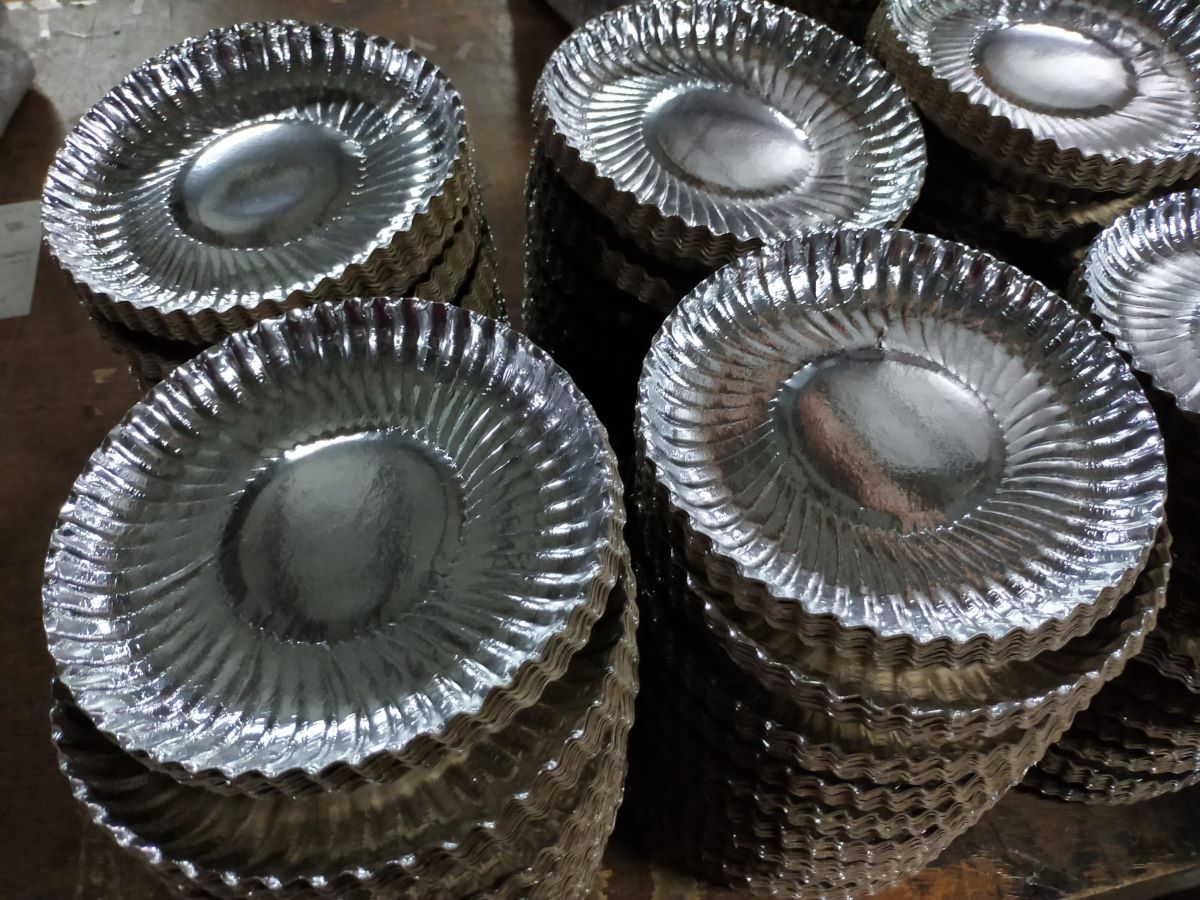
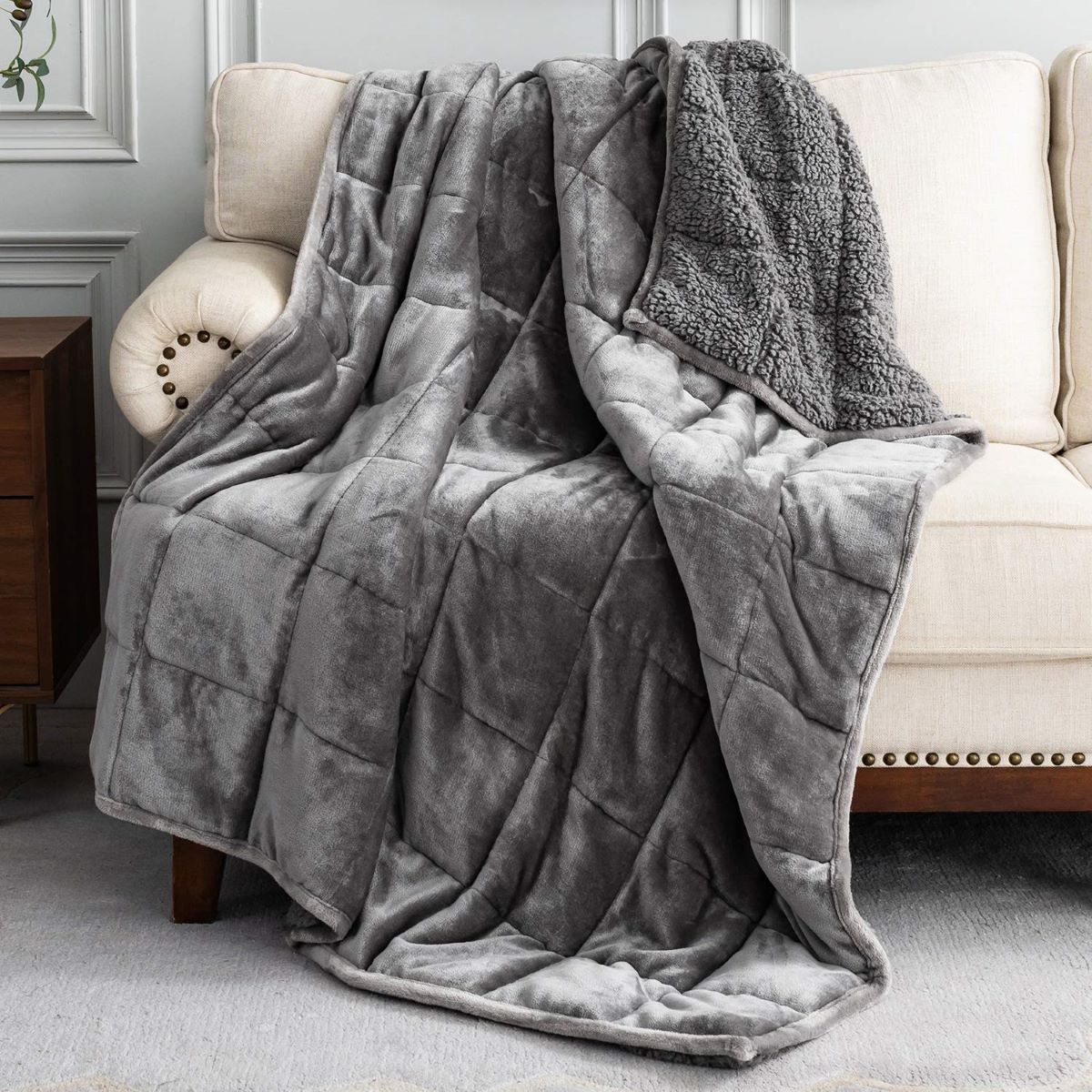
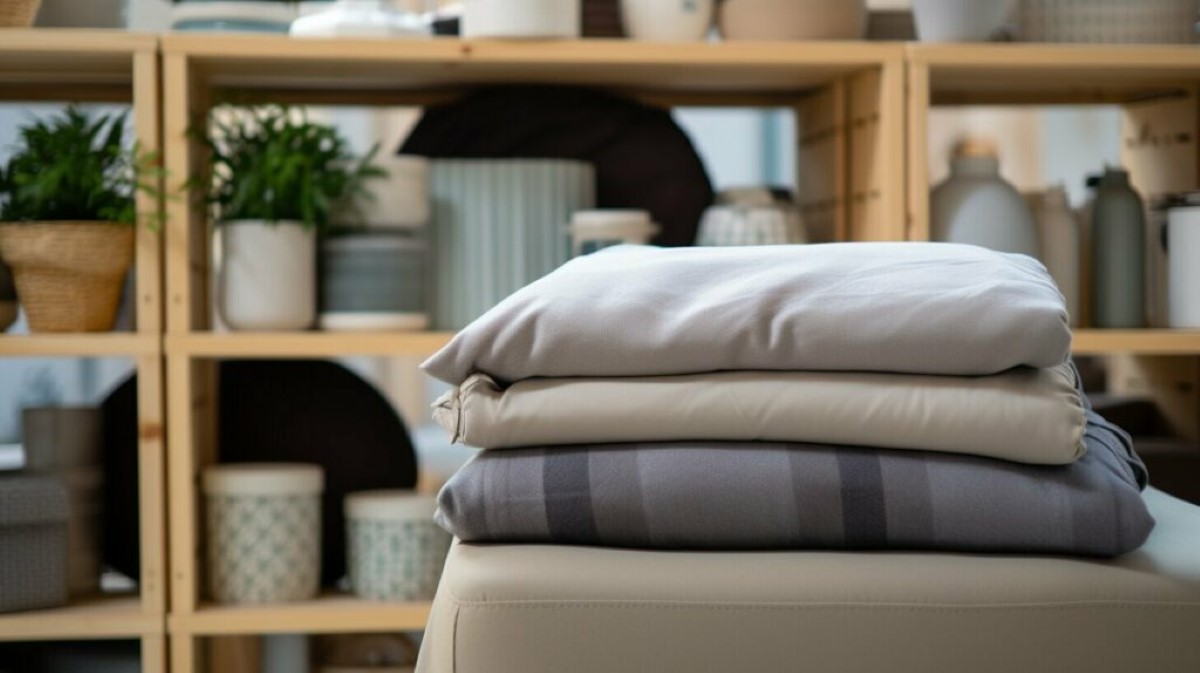
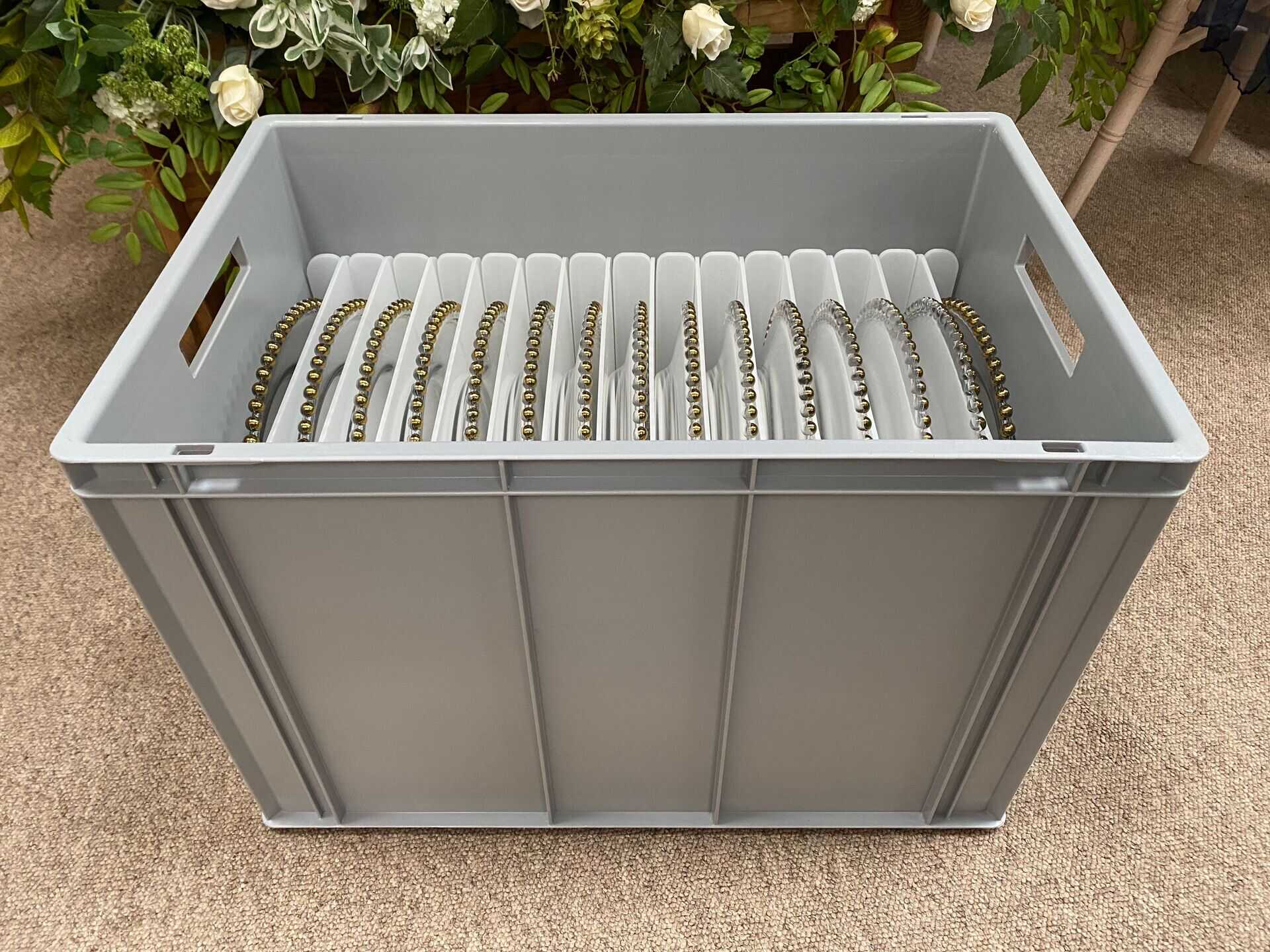

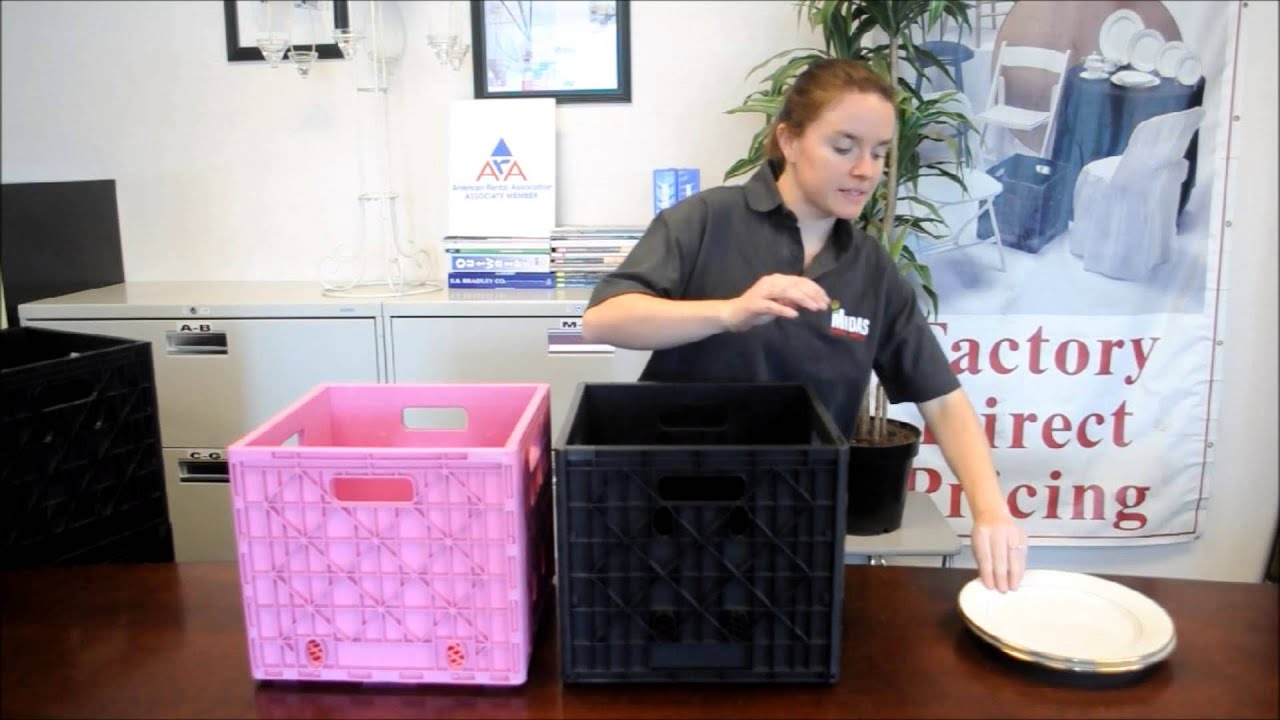
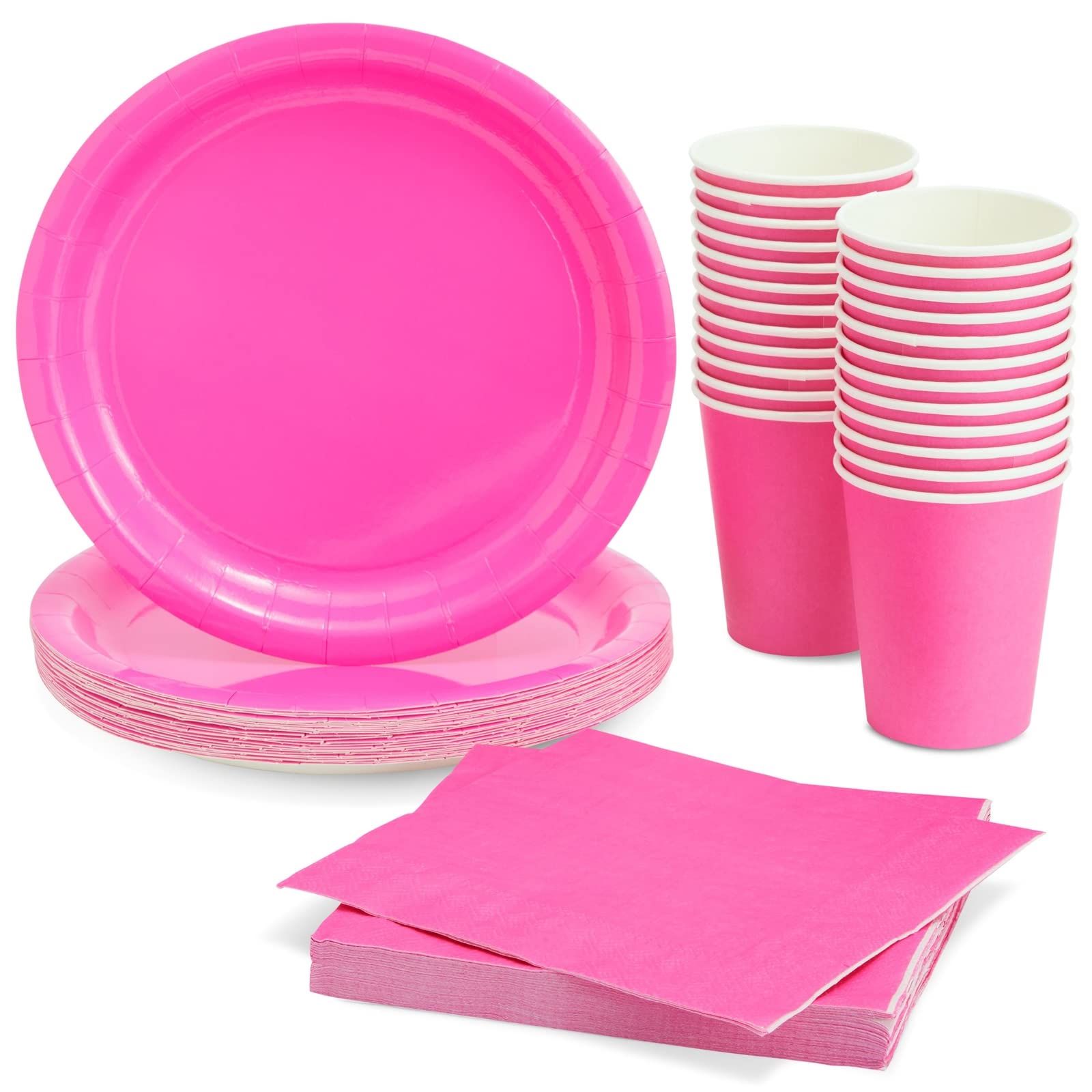
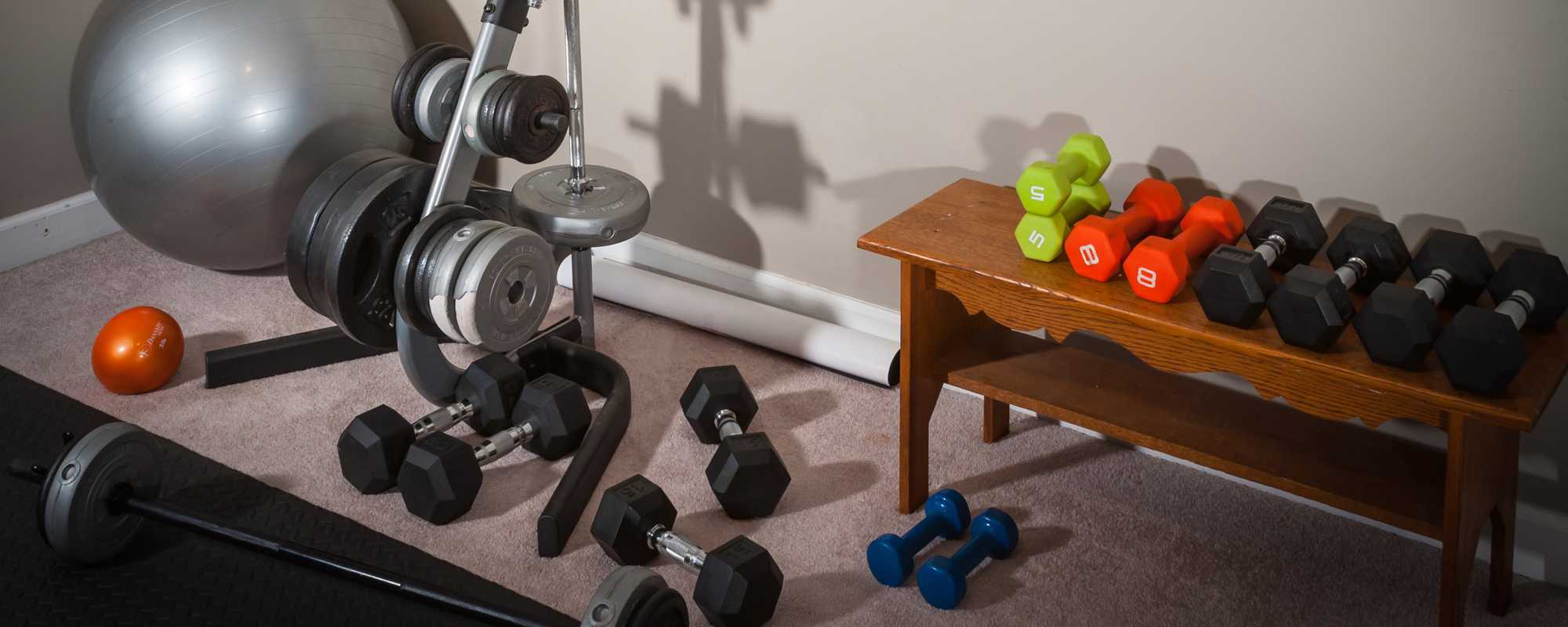
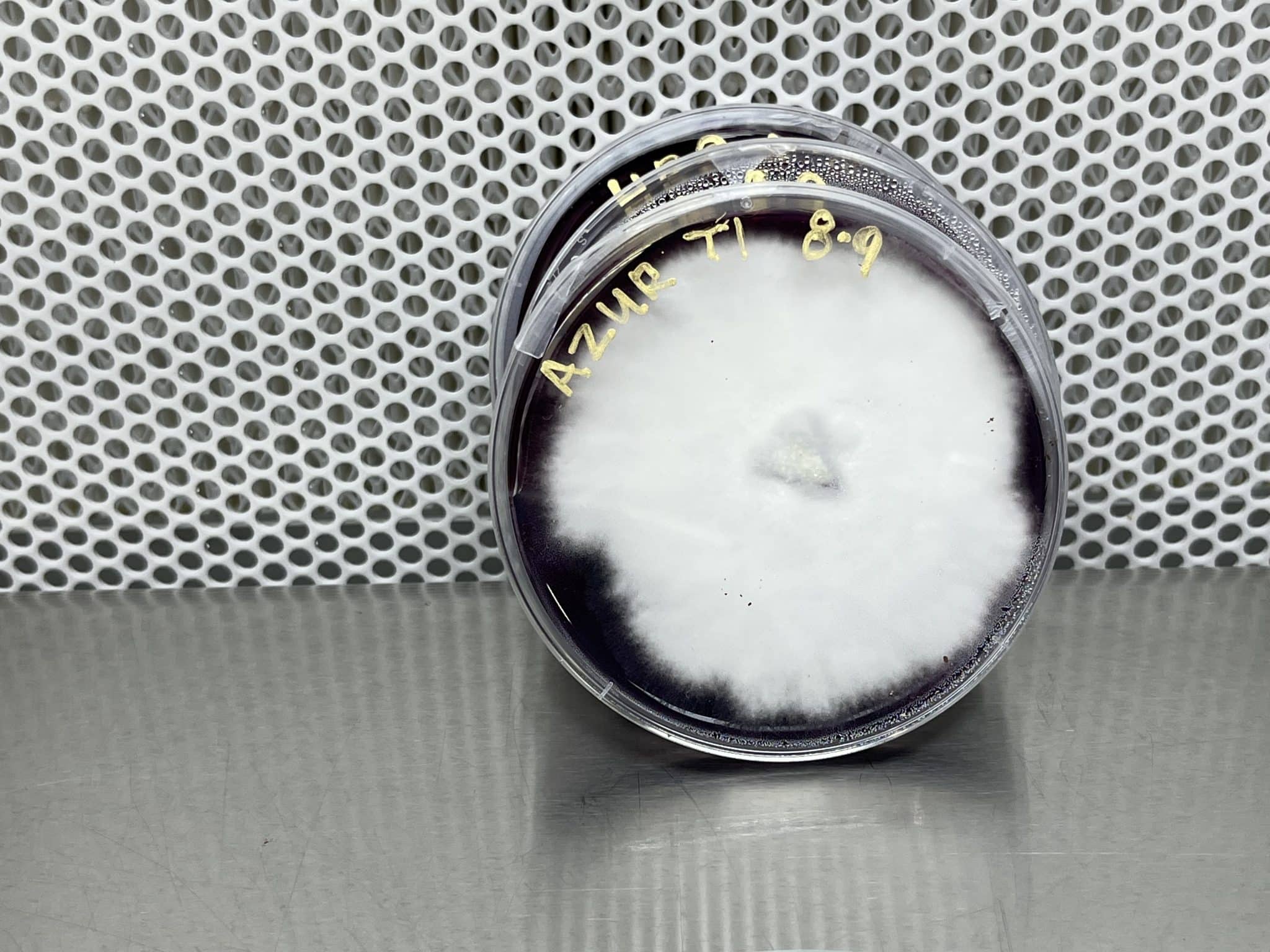

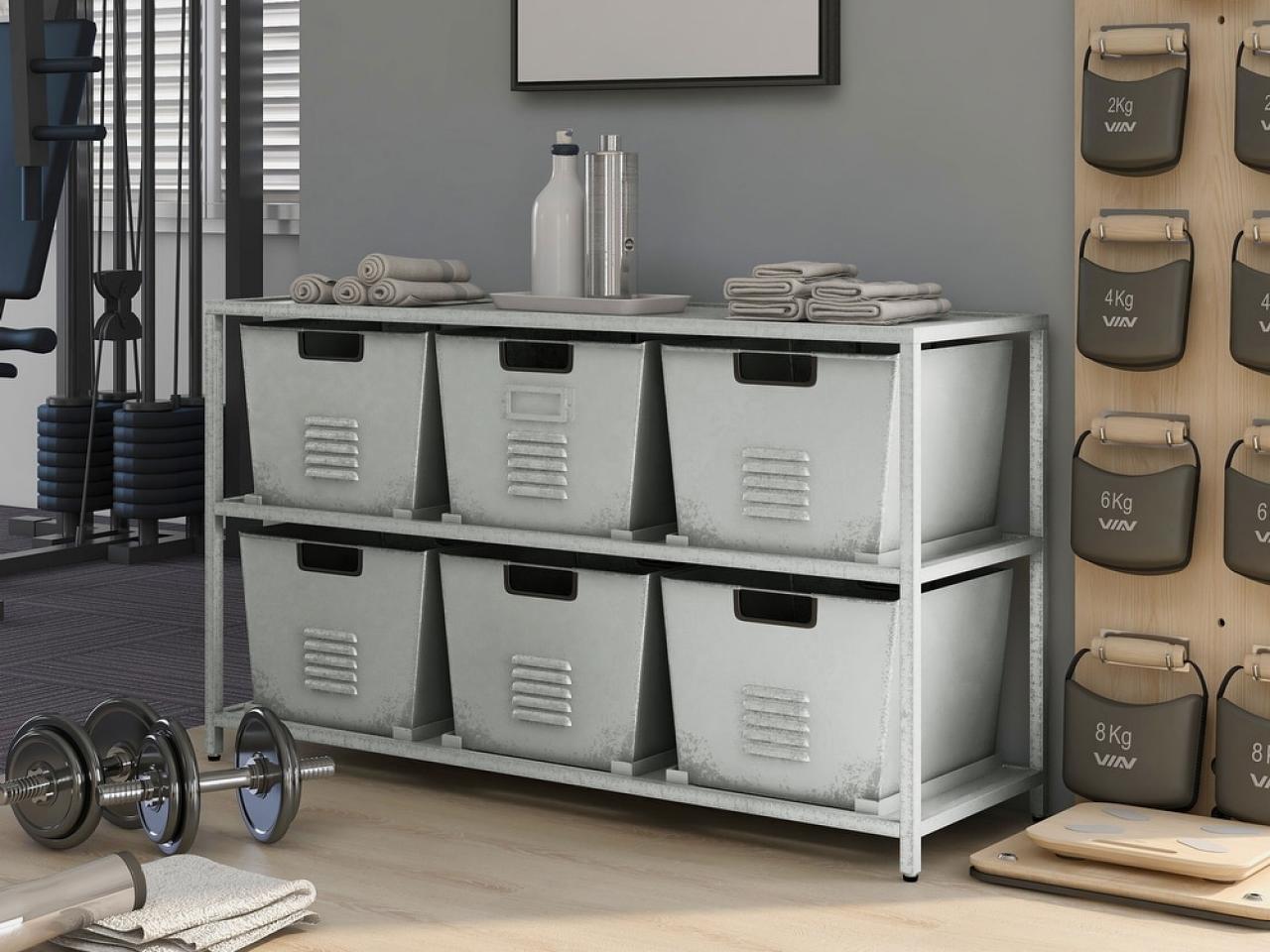

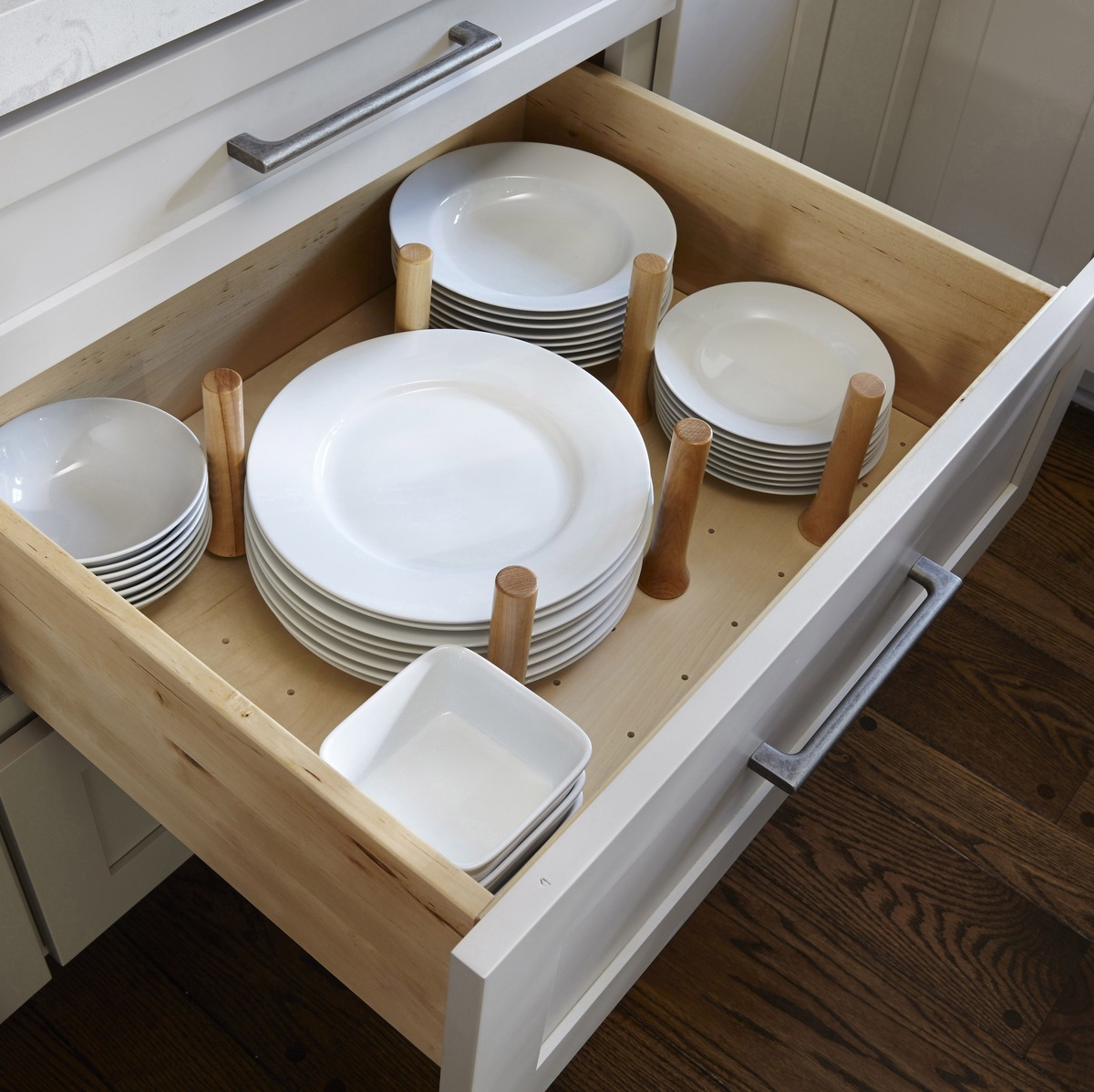
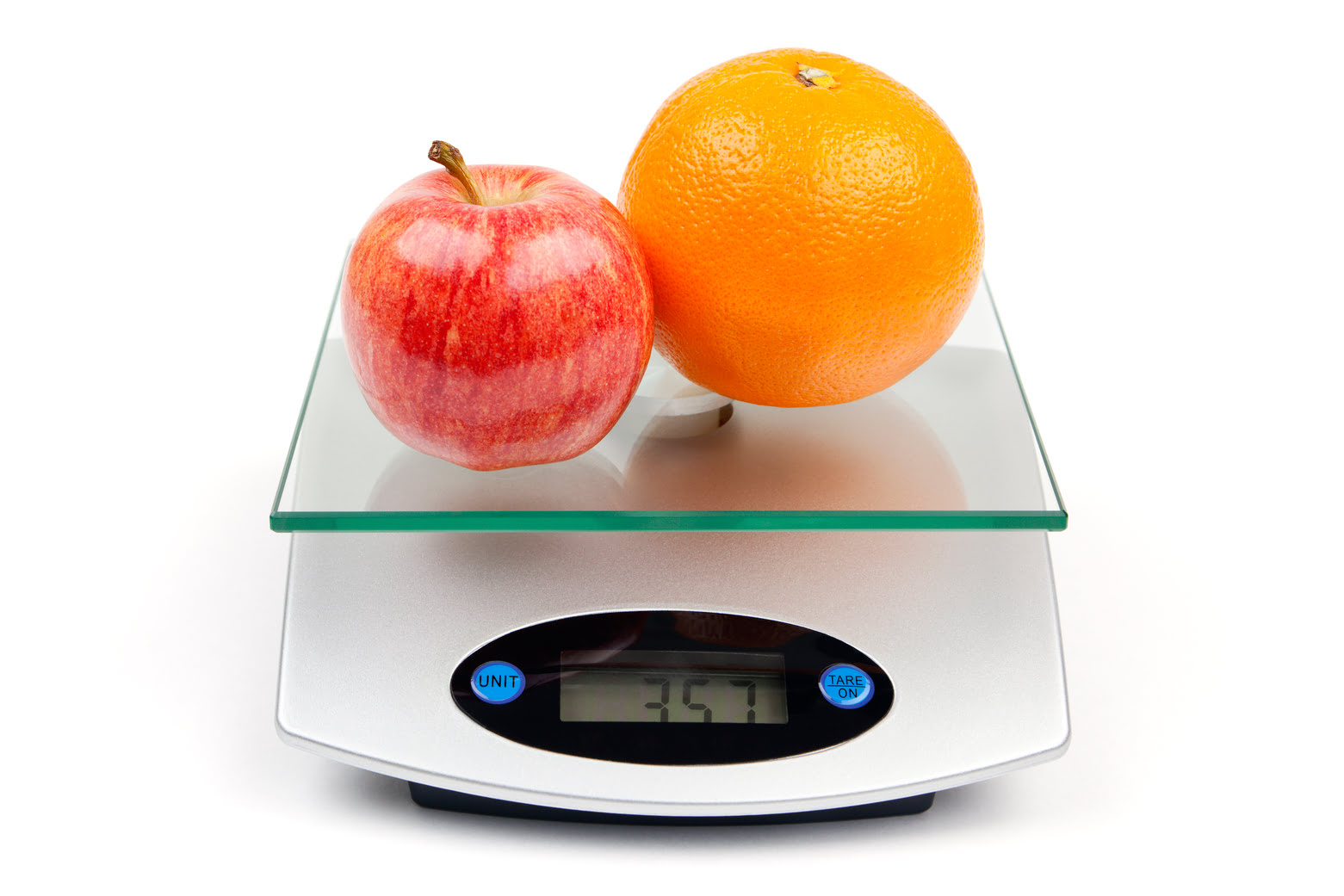

0 thoughts on “How To Store Weight Plates”